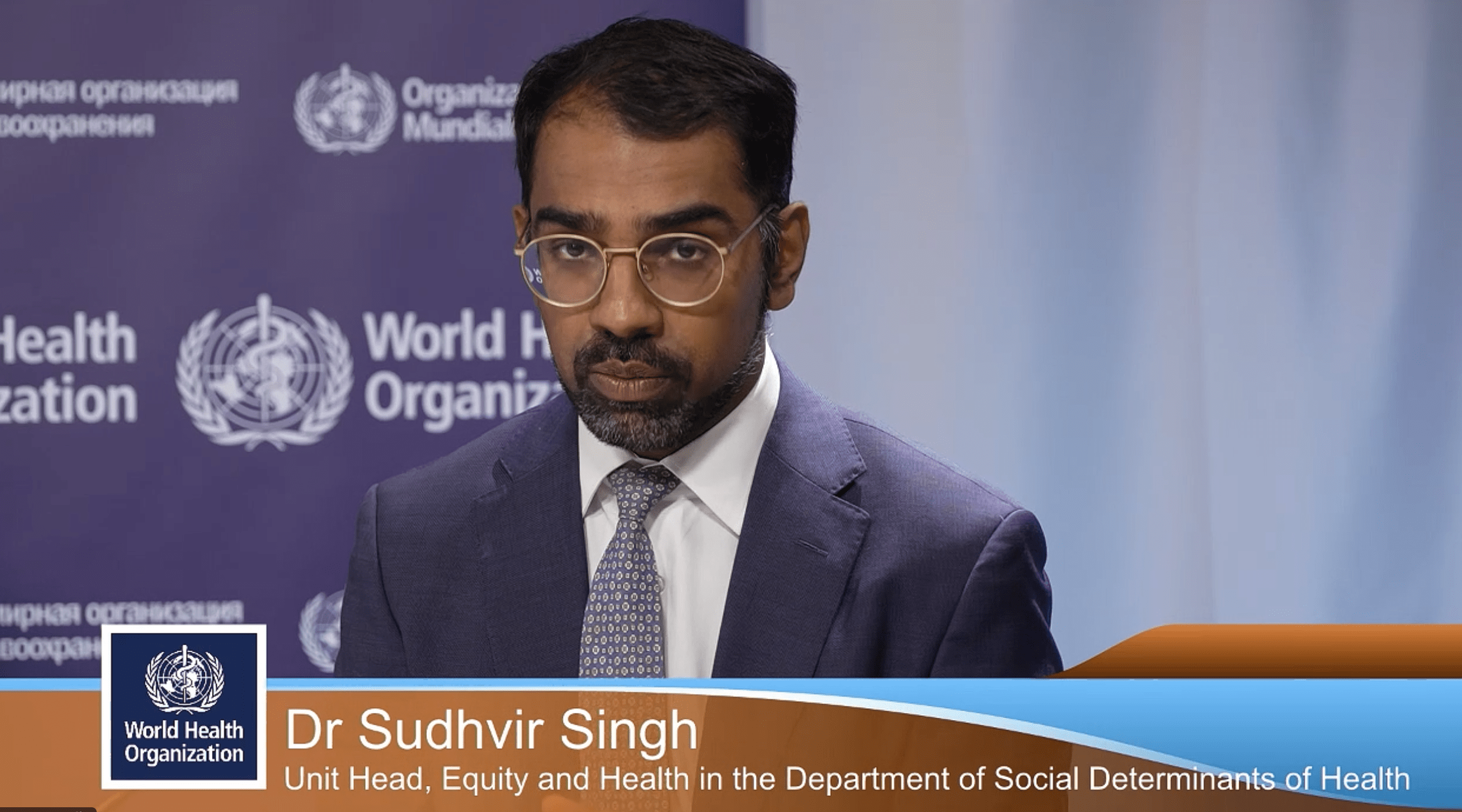Beyond DNA: How Social Factors Are Reshaping Our Understanding of Public Health

A stark global health disparity reveals a shocking 33-year difference in life expectancy between the world's most and least fortunate nations. This dramatic gap highlights the profound inequalities that exist in healthcare, living conditions, and socioeconomic opportunities across different countries.
Imagine two individuals born on the same day, but in vastly different parts of the world. While one might anticipate a long, healthy life spanning into their 80s, the other faces the harsh reality of a significantly shortened life expectancy. This striking contrast underscores the critical importance of global health initiatives and efforts to bridge the developmental divide between nations.
The 33-year life expectancy gap serves as a powerful reminder of the urgent need for international cooperation, targeted healthcare interventions, and sustainable development strategies. It challenges us to consider the fundamental factors that contribute to such dramatic differences in human longevity - from access to medical care and nutrition to economic stability and environmental conditions.
